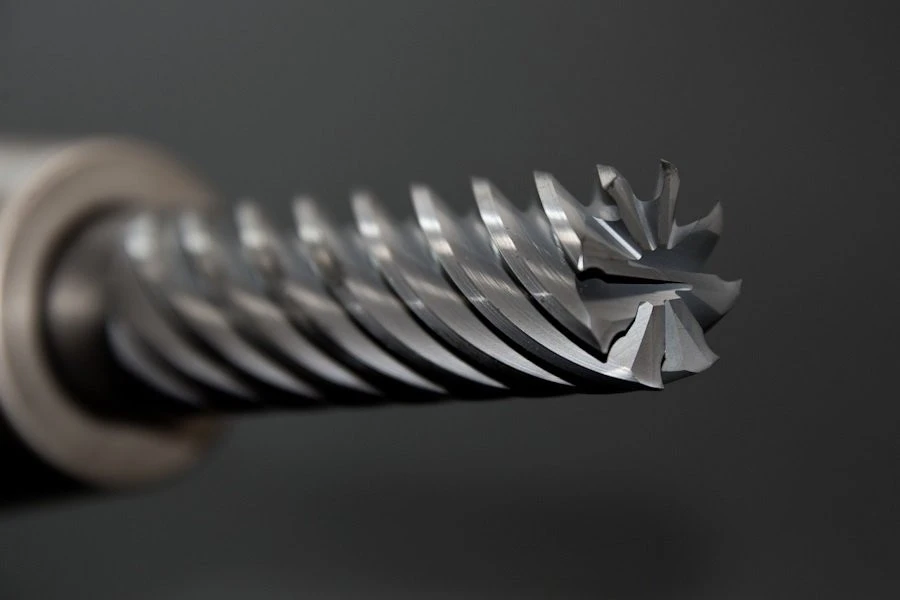Researchers from the University of Michigan presented an innovative approach to increasing the productivity of production machines based on the use of a digital twin, writes Tehkult. According to a study published in IEEE Access, this method allows for optimizing machine tool feed rates while maintaining quality standards.
Chinedum Okwudir, a professor of mechanical engineering, integrated systems and design at the University of Michigan, noted that traditional machining methods require extensive trial time or a conservative approach that limits productivity potential. The new method is based on a scientific approach, allowing machine tools to independently optimize settings to achieve optimal performance while meeting quality requirements. The algorithm developed by the researchers has been successfully tested on various types of machine tools, including 3D printers and CNC machines, reducing the production cycle time by 38% and 17% respectively. This is a significant increase in production efficiency, especially in the context of mass production.
The digital twin used in this method is a virtual model that simulates the behavior of a real system based on real-time data collected from sensors. This allows the algorithm to take into account the physical characteristics of the machine and react to changes in the environment.
One of the main advantages of the method is the ability to manage uncertainty, which is especially important for manufacturing processes. Using machine learning and real-time data allows the algorithm to adapt to different conditions and quality requirements.
According to the researchers, further development of the method includes extending its application to other types of machine tools and introducing more complex uncertainty models. It will make it possible to use the potential of new technologies in various fields as efficiently as possible.

























